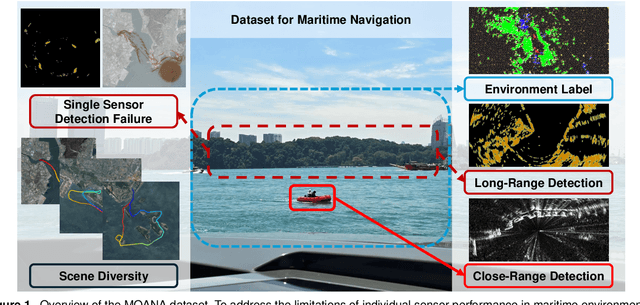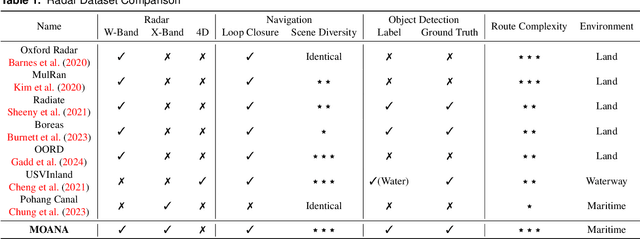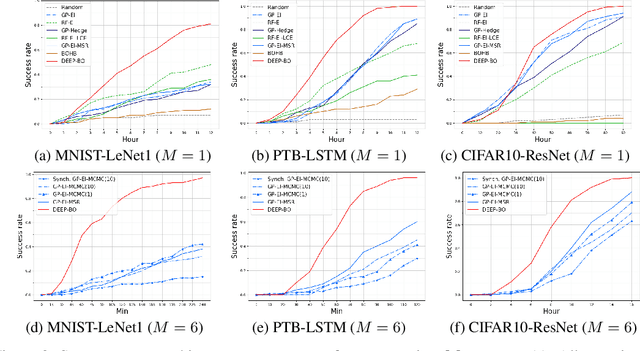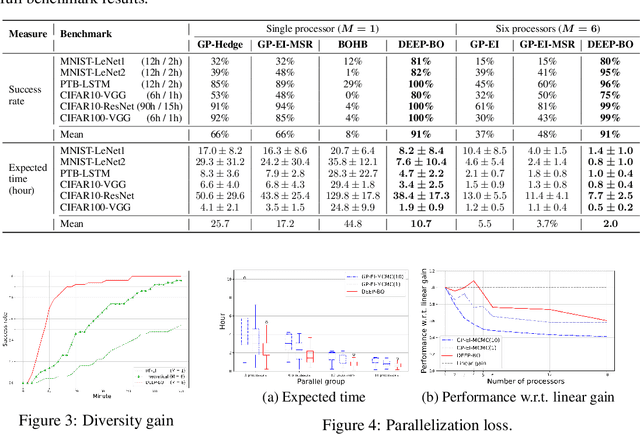Yongjin Kim
Slot-MLLM: Object-Centric Visual Tokenization for Multimodal LLM
May 26, 2025Abstract:Recently, multimodal large language models (MLLMs) have emerged as a key approach in achieving artificial general intelligence. In particular, vision-language MLLMs have been developed to generate not only text but also visual outputs from multimodal inputs. This advancement requires efficient image tokens that LLMs can process effectively both in input and output. However, existing image tokenization methods for MLLMs typically capture only global abstract concepts or uniformly segmented image patches, restricting MLLMs' capability to effectively understand or generate detailed visual content, particularly at the object level. To address this limitation, we propose an object-centric visual tokenizer based on Slot Attention specifically for MLLMs. In particular, based on the Q-Former encoder, diffusion decoder, and residual vector quantization, our proposed discretized slot tokens can encode local visual details while maintaining high-level semantics, and also align with textual data to be integrated seamlessly within a unified next-token prediction framework of LLMs. The resulting Slot-MLLM demonstrates significant performance improvements over baselines with previous visual tokenizers across various vision-language tasks that entail local detailed comprehension and generation. Notably, this work is the first demonstration of the feasibility of object-centric slot attention performed with MLLMs and in-the-wild natural images.
MOANA: Multi-Radar Dataset for Maritime Odometry and Autonomous Navigation Application
Dec 05, 2024



Abstract:Maritime environmental sensing requires overcoming challenges from complex conditions such as harsh weather, platform perturbations, large dynamic objects, and the requirement for long detection ranges. While cameras and LiDAR are commonly used in ground vehicle navigation, their applicability in maritime settings is limited by range constraints and hardware maintenance issues. Radar sensors, however, offer robust long-range detection capabilities and resilience to physical contamination from weather and saline conditions, making it a powerful sensor for maritime navigation. Among various radar types, X-band radar (e.g., marine radar) is widely employed for maritime vessel navigation, providing effective long-range detection essential for situational awareness and collision avoidance. Nevertheless, it exhibits limitations during berthing operations where close-range object detection is critical. To address this shortcoming, we incorporate W-band radar (e.g., Navtech imaging radar), which excels in detecting nearby objects with a higher update rate. We present a comprehensive maritime sensor dataset featuring multi-range detection capabilities. This dataset integrates short-range LiDAR data, medium-range W-band radar data, and long-range X-band radar data into a unified framework. Additionally, it includes object labels for oceanic object detection usage, derived from radar and stereo camera images. The dataset comprises seven sequences collected from diverse regions with varying levels of estimation difficulty, ranging from easy to challenging, and includes common locations suitable for global localization tasks. This dataset serves as a valuable resource for advancing research in place recognition, odometry estimation, SLAM, object detection, and dynamic object elimination within maritime environments. Dataset can be found in following link: https://sites.google.com/view/rpmmoana
Introducing VaDA: Novel Image Segmentation Model for Maritime Object Segmentation Using New Dataset
Jul 12, 2024



Abstract:The maritime shipping industry is undergoing rapid evolution driven by advancements in computer vision artificial intelligence (AI). Consequently, research on AI-based object recognition models for maritime transportation is steadily growing, leveraging advancements in sensor technology and computing performance. However, object recognition in maritime environments faces challenges such as light reflection, interference, intense lighting, and various weather conditions. To address these challenges, high-performance deep learning algorithms tailored to maritime imagery and high-quality datasets specialized for maritime scenes are essential. Existing AI recognition models and datasets have limited suitability for composing autonomous navigation systems. Therefore, in this paper, we propose a Vertical and Detail Attention (VaDA) model for maritime object segmentation and a new model evaluation method, the Integrated Figure of Calculation Performance (IFCP), to verify its suitability for the system in real-time. Additionally, we introduce a benchmark maritime dataset, OASIs (Ocean AI Segmentation Initiatives) to standardize model performance evaluation across diverse maritime environments. OASIs dataset and details are available at our website: https://www.navlue.com/dataset
DEEP-BO for Hyperparameter Optimization of Deep Networks
May 23, 2019



Abstract:The performance of deep neural networks (DNN) is very sensitive to the particular choice of hyper-parameters. To make it worse, the shape of the learning curve can be significantly affected when a technique like batchnorm is used. As a result, hyperparameter optimization of deep networks can be much more challenging than traditional machine learning models. In this work, we start from well known Bayesian Optimization solutions and provide enhancement strategies specifically designed for hyperparameter optimization of deep networks. The resulting algorithm is named as DEEP-BO (Diversified, Early-termination-Enabled, and Parallel Bayesian Optimization). When evaluated over six DNN benchmarks, DEEP-BO easily outperforms or shows comparable performance with some of the well-known solutions including GP-Hedge, Hyperband, BOHB, Median Stopping Rule, and Learning Curve Extrapolation. The code used is made publicly available at https://github.com/snu-adsl/DEEP-BO.
 Add to Chrome
Add to Chrome Add to Firefox
Add to Firefox Add to Edge
Add to Edge